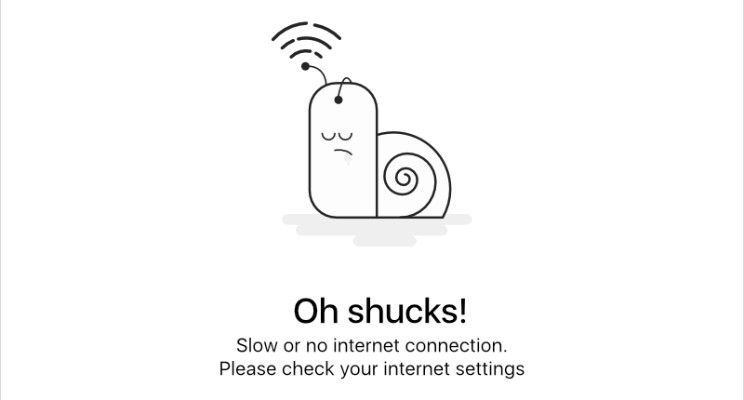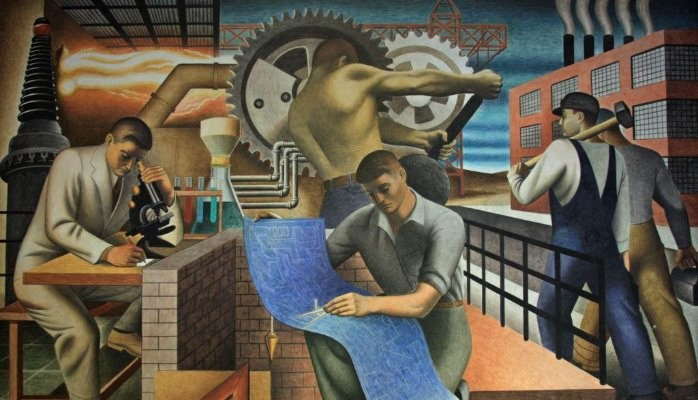Last week two companies announced the availability of IVR based payments for their wallet offerings. PayTM lets users with a wallet initiate a payment by making a call to a toll free number. So does ToneTag. To most people this was mystifying at best and just one more reason to do a full page ad for the rest. A short while ago, Ola had announced that it now supports requesting cabs via SMS (sent from the app). Witness also the recent push for NUUP based services. These are not isolated incidents of digital services tacking on just another new feature. For those working in the mass market space in India or other emerging markets, this reflects a catching up with reality and not a new feature.
Data connection availability, taken for granted in the urban areas, is on far more shaky grounds a short distance beyond the big cities. This is not just physical connectivity which is a problem (which it certainly is), it is also to do with people having exercised the option of having such connectivity. This could be temporary (data plan exhausted, or expired) or could be more fundamental in that the user has never had data connectivity. As Nandan Nilekani said in a recent talk, 250m people have smartphones in India, another 350 million have feature phones and the rest have no phones! The billion total phone connections, with overlaps, multiple SIMs and the like come down to about 600 odd million unique users. Most of the 350 million feature phone users don’t have data connection and, obviously, none of the 600 million without phones do.
This forms a natural barrier to adoption of digital services. Let’s look at how this impacts services specifically that for payments, the service that I started this article with and the topic of every conversation in the last few weeks.
Payments require a few basic ingredients to work with. The payer (or customer) needs to have a digital store of money. The payee (or merchant) needs to have a visible means of conveying his/her identity. There needs to be a mechanism to communicate the intent to pay. The first part is met, directly or otherwise, by a bank account. You could use it directly (as in UPI) or by moving some funds to an online wallet (as with PayTM, Freecharge and others). The merchant is identified by an account number (or VPA in case of UPI) or a mobile number in case of wallets. The third part is where things get interesting. Since the first two parts are all online, the payment instruction necessarily needs to reach some server to be executed. Hence the rapid providing of an IVR option at first contact with markets beyond the tech-savvy.
I believe there is a better and alternative option. Before we get to that, there are a couple of other aspects that are worth bringing up. Most people with bank accounts (which are nearly all households now, thankfully) are very wary of having their account used in any way which they don’t comprehend fully. ATMs are starting to get befriended – faceless as they are and representing banks. POS machines are a distinct no-no – as much to do with the machines as the people involved. So the principle of having a store of funds (wallets etc) as distinct from bank accounts is critical for adoption by the mass market. UPI may provide restriction-linked VPAs but digital wallets do that for now. The second aspect and perhaps even more fundamental is the user experience. Digital wallets, for all their goodness, still retain a lot of hand-waving mystique about them for people not used to smartphones. Particularly, auto-topup options as provided by wallets today can only increase distrust amongst people.
The better option, I believe, is for the use of stored value cards. ePurse cards. Prepaid cards. They go by various names and are similar to the metro cards or other fare cards. Imagine the simplicity of tapping a card like that at a shop and paying for coffee in an instant (< 1s). No connectivity required. Neither the merchant nor the customer need to be connected for this. Controlled funds – you can’t spend what has not been put physically on the card. The touchy-feely-ness of real cash. The supreme simplicity of just a tap to pay. Equally easy to topup. Familiar security methods – treat it exactly like you would cash! Best of all, this can be an extension to the wallets and bank accounts that exist today and provide a controlled use of small portion of funds while the bulk continues to remain in their trusted bank end systems.
In order to bridge the digital payments divide, ePurse systems provide a far better reach and likelihood of adoption. Interested in conversing about this? Do write to us.

